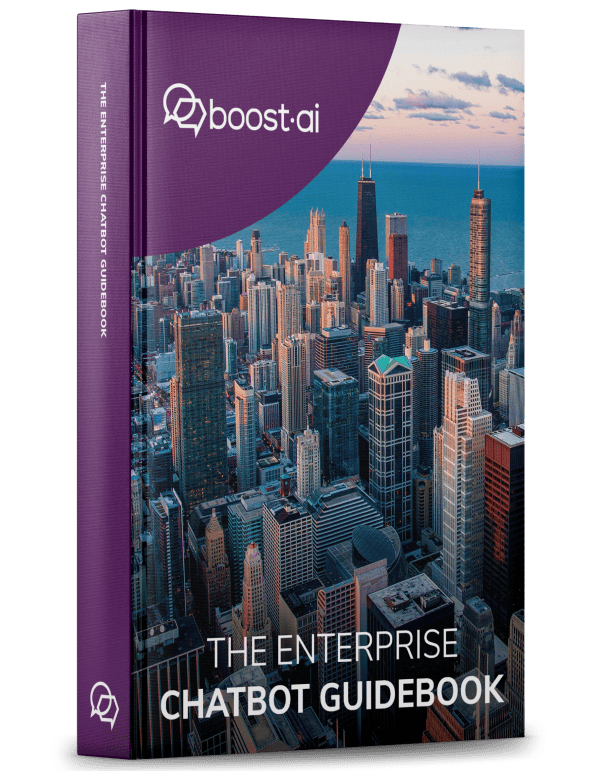
The ultimate guide to chatbots for enterprise
Download our comprehensive guide to learn everything you need to know about launching an AI chatbot for your business.
Whether you’re just curious about automation or getting ready to deploy your 8th chatbot project, you’ll find everything you need in ‘The enterprise chatbot guidebook’.
You’ll learn:
- What is a chatbot, anyway?
- The history of chatbots
- How AI chatbots drive business value
- Key chatbot use cases and automated customer service success stories
- How to get started: chatbot best practices for enterprise
| Download Guide Now! |  |